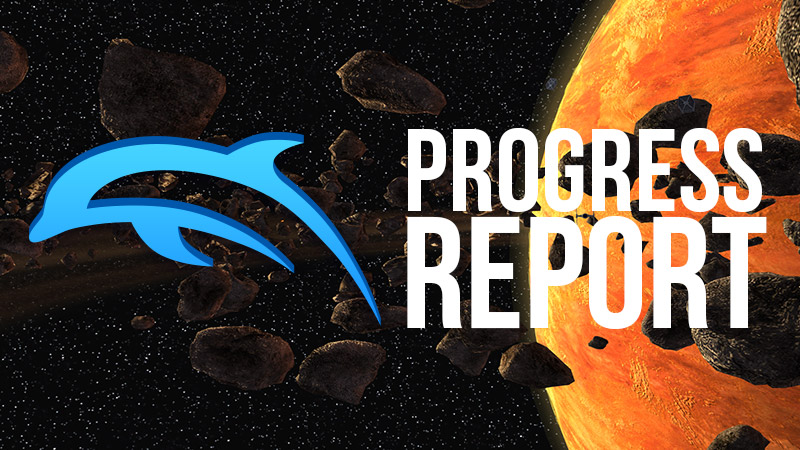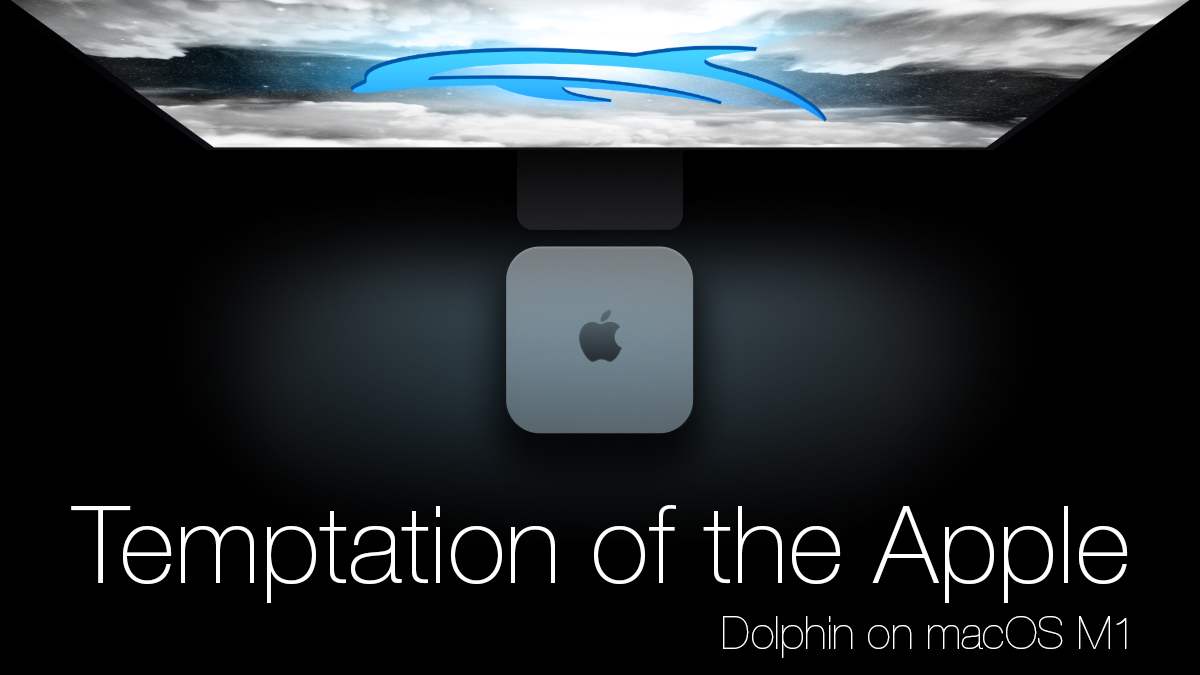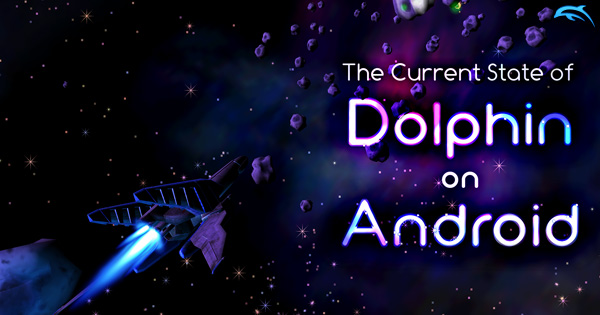After finishing up the macOS M1 article the blog staff took a little break. Then they saw the date.
Upon looking at the actual changelog, however, something became readily apparent: this wasn't going to be just a Progress Report; this was going to be a MEGA Progress Report. The long rumored time era of developers merging everything at once had finally come to pass. We have graphical fixes for Super Mario Galaxy and Luigi's Mansion, crash fixes for …
Fortsätt läs
Du kan fortsätta diskussionen i forumtråden för denna artikel.
From the announcement made on November 10th, 2020, users have had high hopes for the new Apple M1 devices. With its powerful Apple Silicon processor smashing benchmarks all over the place, users and developers were both asking if a native Dolphin build would be possible. Now we have the answer.
Apple's M1 hardware is incredibly powerful and excels at running Dolphin. This announcement has been in the works for some time, eagle eyed users may have noticed that earlier this month macOS builds were now being designated as "Intel". That's because …
Fortsätt läs
Du kan fortsätta diskussionen i forumtråden för denna artikel.
Dolphin on Android has had a bit of a checkered history since its inception. Users loved the idea of being able to take their favorite GameCube and Wii games on the go, but expectations and reality have never quite aligned. When Dolphin was first uploaded to the Play Store, developers tried to make it absolutely clear games wouldn't be playable, even going as far as calling it "Dolphin Emulator Alpha". Unfortunately, despite many warnings, many people got their hopes up the moment they saw Dolphin was on the appstore and …
Fortsätt läs
Du kan fortsätta diskussionen i forumtråden för denna artikel.
In light of the recent announcements by NVIDIA and AMD in support of Linux for their graphics drivers, we would like to share with the world some of the experience we had developing our open source project, Dolphin, a GameCube and Wii emulator for Windows, Linux, Mac and recently Android.
At the beginning of this year, after the successful release of Dolphin 3.5, Markus Wick (degasus) and Ryan Houdek (Sonicadvance1) started working on a rewrite of Dolphin's OpenGL backend in order to be compliant to the OpenGL ES 3.0 standard. While this rewrite was needed for other reasons (it provides …
Fortsätt läs
Du kan fortsätta diskussionen i forumtråden för denna artikel.






